Hair Bleach Levels: Find The Right Level For Your Hair!
Explore ‘Bleach 101’: Your ultimate guide to mastering hair bleach levels. From subtle highlights to bold transformations, discover insider tips for salon-worthy results. Elevate your hair game with precision and confidence.
On Dec 22, 2023 – 8 minutes read
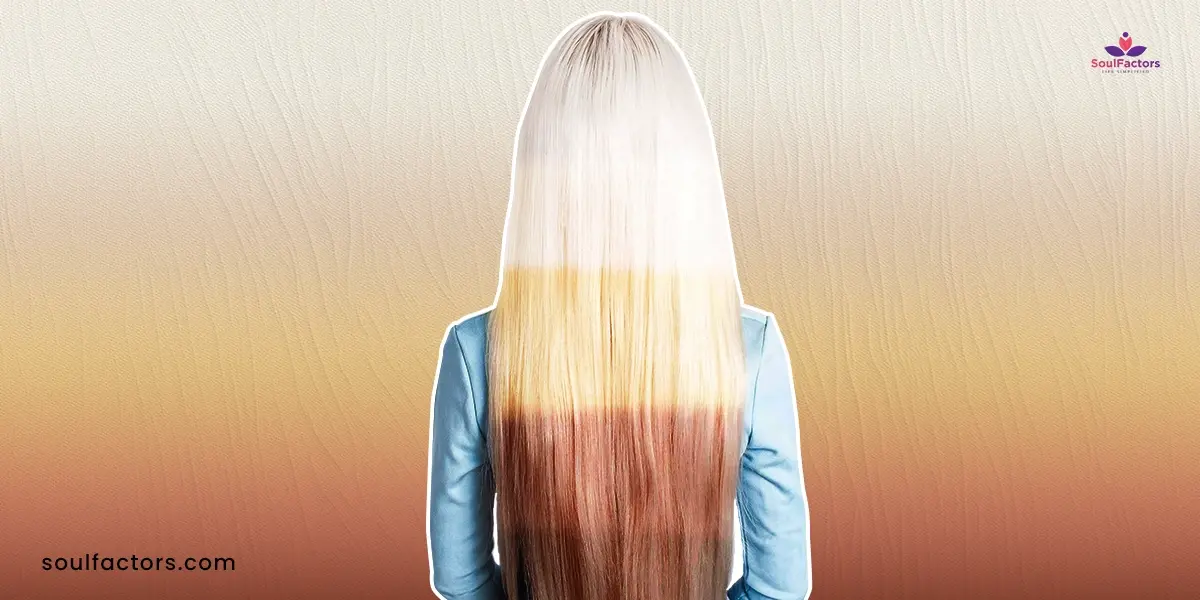
Understanding the significance of hair lightening and bleaching is the foundation of achieving that coveted, head-turning look. In this article, we’re dishing out the details on hair bleaching – sharing all the insider information, tips, tricks, and hair bleach levels. We aim for you to bleach your hair without that persistent worry weighing on you.
What Are Hair Bleach Levels?
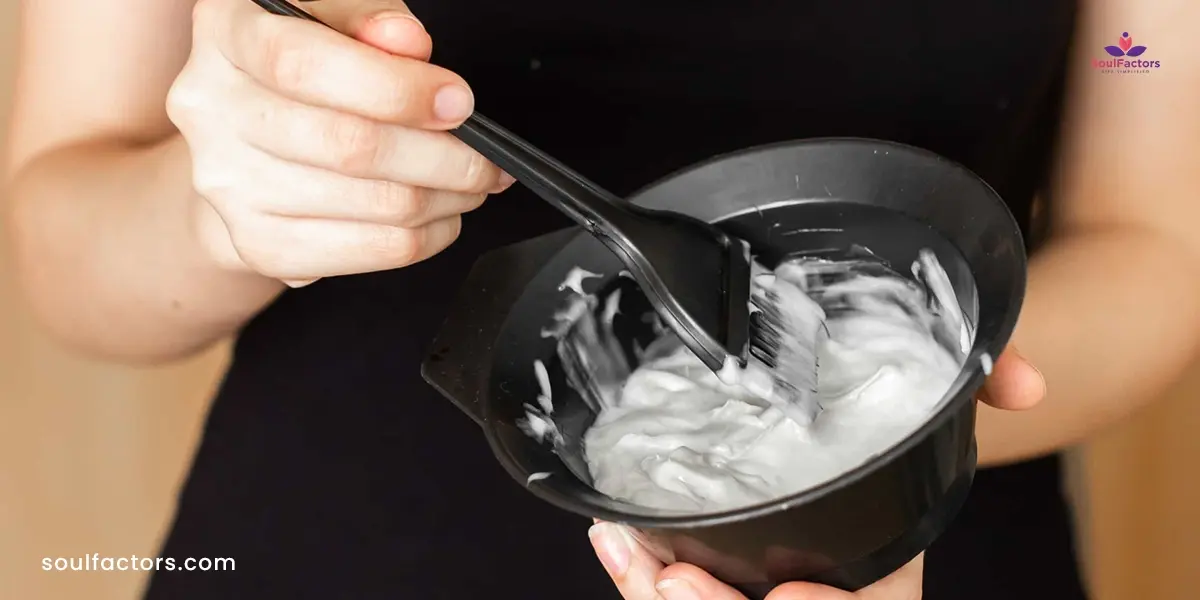
Hair bleach levels refer to the strength or concentration of hydrogen peroxide (the developer) used in hair bleach products. Hydrogen peroxide is a key component in bleach formulations, and its concentration is typically measured in terms of volume or percentage.
The most common bleach levels include
- 10 Volume (3% hydrogen peroxide)
- 20 Volume (6% hydrogen peroxide)
- 30 Volume (9% hydrogen peroxide)
- 40 Volume (12% hydrogen peroxide)
10 Levels Of Bleached Hair
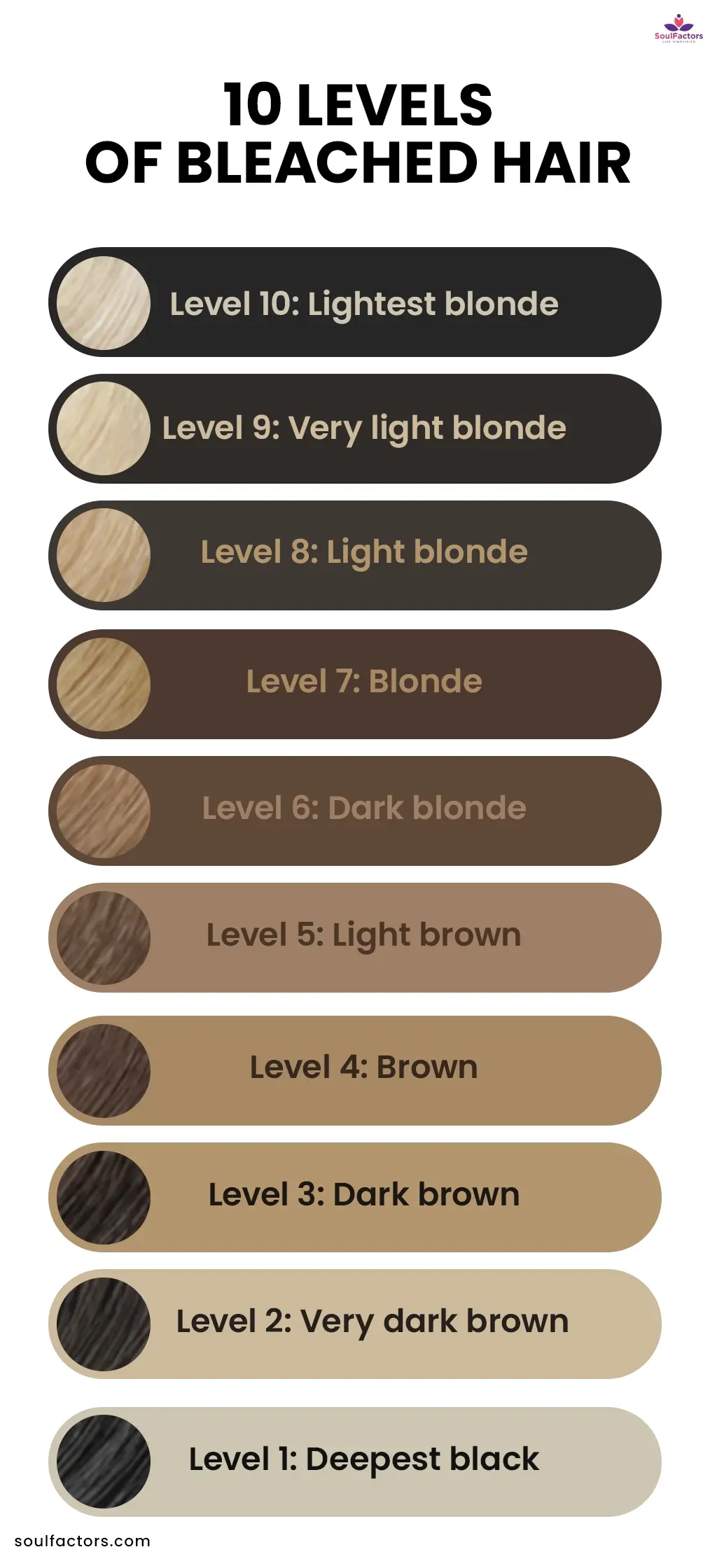
When discussing “levels” of bleached hair, individuals typically refer to the various stages of lightness achieved during the bleaching process. Hair bleach levels are categorized from 1 to 10, with 1 representing the darkest and 10 the lightest. Here’s a basic guide to comprehending the levels of bleached hair:
- Level 1: Deepest black
- Level 2: Very dark brown
- Level 3: Dark brown
- Level 4: Brown
- Level 5: Light brown
- Level 6: Dark blonde
- Level 7: Blonde
- Level 8: Light Blonde
- Level 9: Very light blonde
- Level 10: Lightest blonde
What’s Your Natural Hair Level?
Determining your natural hair level involves assessing the darkness or lightness of your hair without any artificial color or bleach. This is how you do it:
- Examine Your Hair in Natural Light
- Compare to Hair Color Charts
- Consider Undertones
- Observe New Hair Growth
Choosing The Right Hair Bleach Level
- Identify your natural hair level on a scale from 1 to 10 (with 1 being the darkest and 10 being the lightest).
- A lower-volume developer (10 or 20 volumes) may be sufficient if you want subtle lighting or just a few shades lighter.
- If your hair is in good condition, you may have more flexibility in choosing a higher-volume developer.
- Different hair bleach products may have specific recommendations for developer levels.
- Before applying bleach to your entire head, perform a strand test.
Risks And Precautions To Be Taken While Selecting Your Bleach Level
Bleaching your hair can lead to beautiful results, but it’s essential to be aware of the potential risks and take precautions to minimize damage.
Risks
- Hair Damage
- Scalp Irritation
- Uneven Color
- Over-Processing
- Allergic Reactions
Precautions
- Conduct a Strand Test
- Choose the Right Developer
- Follow Product Instructions
- Protect Your Skin
- Use Protective Gear
- Ventilation
- Moisturize and Deep Condition
- Limit Frequency
Application Techniques For Different Bleach Levels
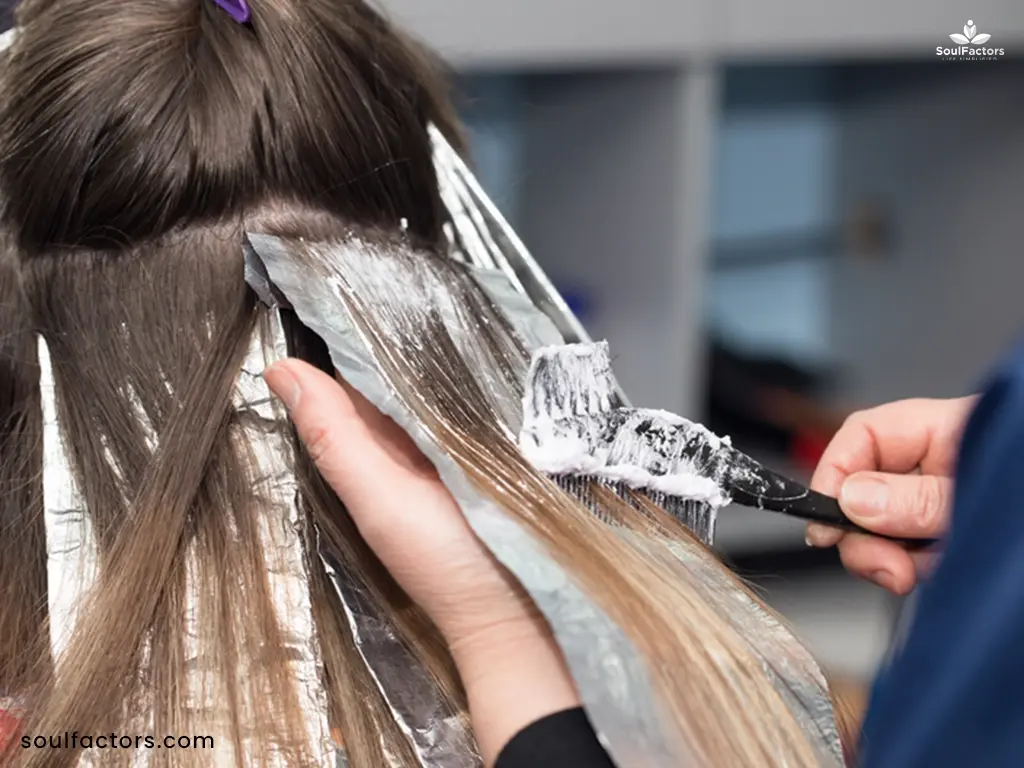
The application techniques for different hair bleach levels can vary based on factors such as your starting hair color, the desired result, and the condition of your hair. Here are some general application techniques for different bleach levels:
Low Bleach Levels (10 or 20 Volume)
- Apply the bleach mixture evenly to the hair sections.
- Use a brush or applicator to ensure even distribution.
- Monitor the process closely and rinse when the desired lightness is achieved.
Medium Bleach Levels (30 Volume)
- Section the hair and apply the bleach mixture quickly and evenly.
- Work from the tips towards the roots to ensure even lift.
- Check the color regularly and rinse when the desired lightness is reached.
High Bleach Levels (40 Volume)
- Work swiftly and efficiently to apply the bleach mixture.
- Begin application away from the scalp and work towards the roots.
- Monitor the process closely, and rinse as soon as the desired lightness is achieved to minimize damage.
Best Bleach Products Available In The Market
We have compiled the best 3 bleach products available in the market for you.
Sparks Professional Color Powder Lightener
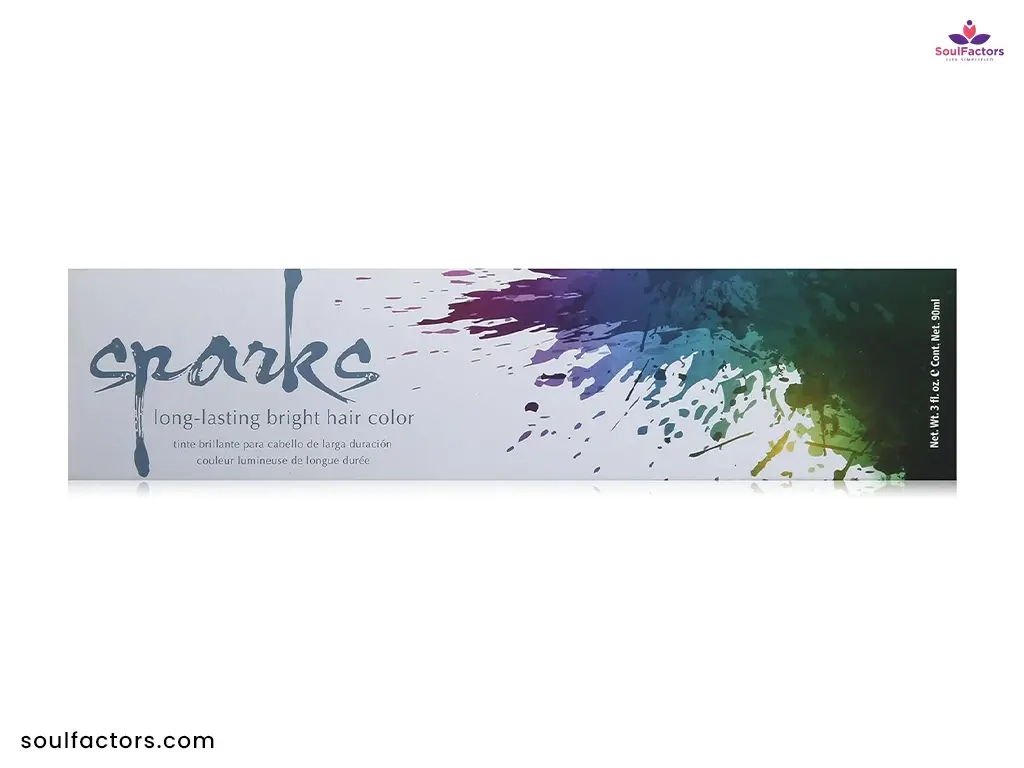
Price: $9.59
Features:
- Dust-free powder formulation.
- Ultra-fine
- It has a light blue hue to cancel the yellowish and brassy colors.
Pros
- Dust-free
- Anti-yellowing agents
- Replenishes hair fibers with amino acids
Cons
- Developer sold separately
- Some users complained of a chemical smell
Clairol Professional Bw2 Lightener for Hair Highlights
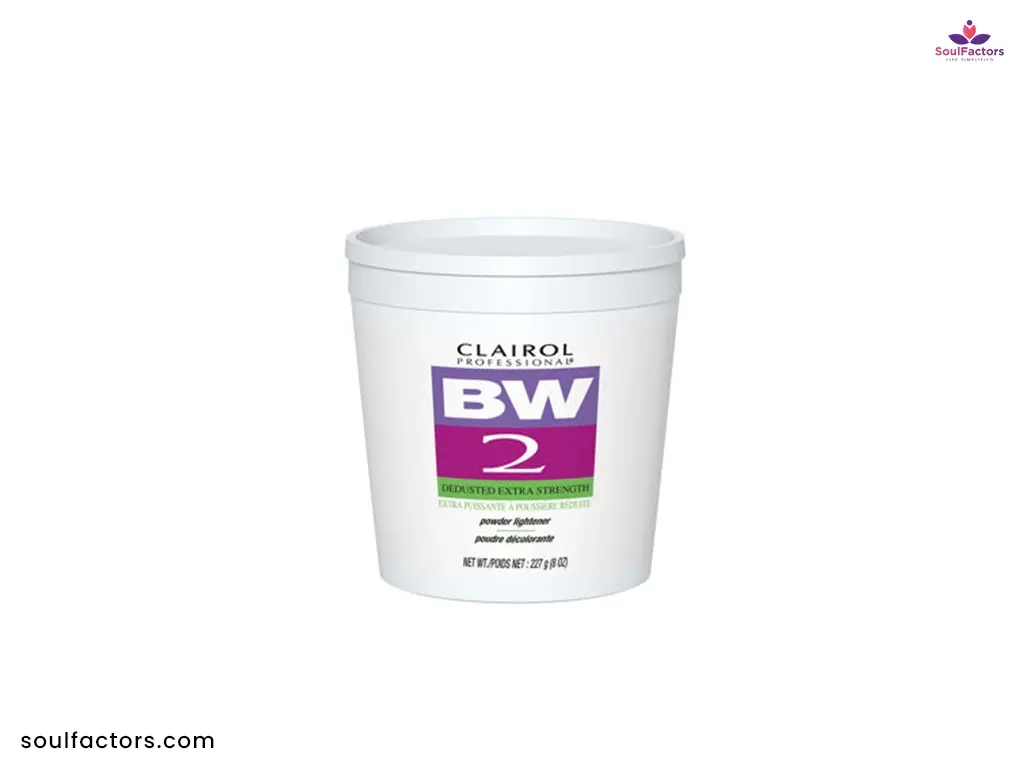
Price: $18.67
Features:
- Dust-free powder formulation contains humectants
- Best suited for balayage hair
Pros
- Dust-free
- Stays moist after mixing
- Works on very dark hair
Cons
- Developer sold separately
- Strong smell
Salon Care Blue Flash Powder Lightener
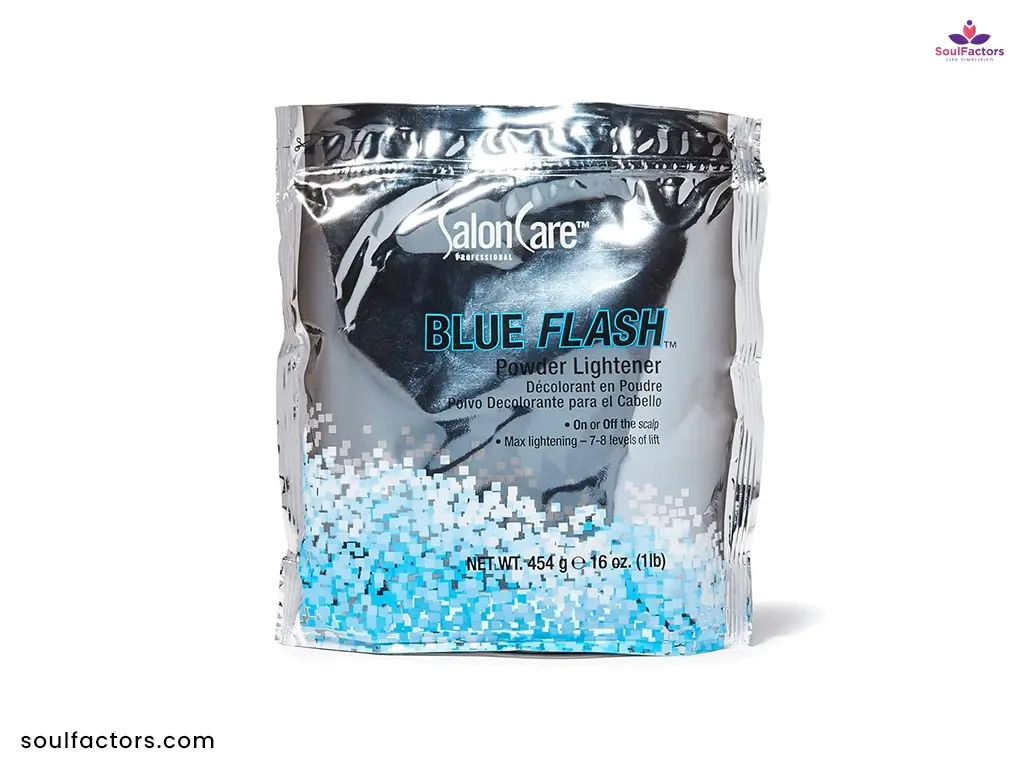
Price: $24.69
Features:
- Powder formula
- Contains ultramarine
Pros
- Anti-yellowing agents
- Creamy when mixed
- Minimal swelling
Cons
- Not DIY-friendly
- Developer sold separately
How Many Sessions Does It Take To Get The Desired Bleach Level?
The number of bleach sessions required for the desired lightening varies based on factors like starting hair color and desired lift. For subtle changes or a few shades lighter, one or two sessions may suffice. Darker hair tones, especially black or brown, might need multiple sessions for significant lightening.
Factors Affecting Bleaching Levels
Several factors influence the effectiveness of the hair bleaching process and the achieved lightening levels.
- Starting Hair Color
- Hair Type and Texture
- Bleach Strength and Developer Volume
- Processing Time
- Hair Porosity
- Temperature and Environment
- Developer Choice
- Technique Used
- Color Correction
Hair Care After Bleaching
Proper hair care after bleaching is crucial to maintain the health, strength, and appearance of your hair. Here are some tips:
- Use a deep conditioning treatment regularly to replenish moisture and nourish the hair.
- Keep your hair well-hydrated by using leave-in conditioners or moisturizing oils.
- Minimize the use of heat-styling tools such as flat irons, curling irons, and blow dryers.
- UV rays can damage color-treated hair. Protect your hair from the sun by wearing hats or using products with UV filters like scalp sunscreen.
- Use a sulfate-free and color-safe shampoo to prevent premature fading of the color.
- Limit the frequency of hair washing to prevent further dryness.
- Schedule regular trims to remove split ends and prevent further damage.
How Can You Lighten Your Hair With The Least Amount Of Damage?
Bleaching hair inevitably causes some damage due to the breakdown of protein bonds in the hair cuticle but by following certain techniques you can reduce the damage.
- Prep Your Hair in Advance by using moisture masks before lightening to prepare the hair for the bleaching process.
- Opt for professional colorists for their expertise in handling peroxide strength, heat requirements, and processing time based on your hair type.
- Go for techniques like baby highlights, money pieces, or balayage, which target small portions of hair, minimizing overall damage.
- Incorporate bond-building products during and after bleaching to fortify hair bonds and promote shine, health, and strength.
- Reduce heat styling frequency and minimize time spent styling to avoid additional stress on the hair.
Bleach Strength | Developer Strength
Bleach strength” and “developer strength” refer to the potency of the products used in the hair bleaching process. Both play crucial roles in lightening the hair, and understanding their strengths is essential for achieving desired results while minimizing damage. Here’s a breakdown of these terms:
Bleach Strength:
- Definition: Bleach is a chemical product designed to lighten hair by breaking down natural pigments.
- Strength Levels: Bleach comes in various strength levels, typically categorized as mild, medium, and strong. The strength is determined by the concentration of active ingredients, such as hydrogen peroxide or other lightening agents.
Developer Strength:
- Definition: Developer, also known as peroxide, is a chemical used in conjunction with bleach to activate the lightening process.
- Strength Levels: Developers are available in different volumes, typically 10, 20, 30, or 40 volumes. The volume represents the concentration of hydrogen peroxide in the developer. Lower volumes are milder, while higher volumes are more potent.
What Is Toning Bleached Hair And How To Do It?
Toning bleached hair is a crucial step in the hair-lightening process. Bleaching lifts the natural pigment from the hair, but it can also result in unwanted undertones, such as yellow or brassy tones. Toning is the process of using hair toner to neutralize these undertones and achieve the desired shade.
How To Tone Bleached Hair:
- Choose the right toner based on the undertones you want to neutralize or the shade you want to achieve.
- Wash and condition the hair with a sulfate-free shampoo and conditioner.
- Follow the instructions on the toner packaging to mix the product.
- Section the hair and apply the toner evenly using a brush or applicator. Ensure that each strand is coated thoroughly.
- Allow the toner to process according to the recommended time. Check the color during the process and rinse as soon as the desired result is achieved.
- Rinse the toner out of the hair using cool water. Follow up with a color-safe and hydrating conditioner.
Frequently Asked Questions
Bleach levels depend on the desired lightness; multiple sessions may be needed for significant changes.
Generally, 20 volume is commonly used for moderate lift, while 30 or 40 volume may be chosen for more significant changes.
Yes, bleach can cause damage, but proper care and conditioning can minimize its impact on hair health.
Bleached hair won’t naturally turn black; new growth will maintain its original color.
Bleaching is a permanent process as it alters the hair’s natural pigment.
Stop when you achieve the desired lightness to avoid excessive damage.
For blonde hair, use 20 Vol developer and aim for 15-20 minutes. For dark blonde/light brown hair (level 5-6), opt for 30 Vol developer and aim for approximately 30 minutes.
Choose based on the lift needed; 20 volume is gentler, while 30 volume lifts more quickly.
It takes about 40-60 minutes to lighten dark hair.
Final Words
In conclusion, while bleaching is a necessary step for achieving vibrant hair colors, it comes with inherent risks to hair health. However, armed with an understanding of your specific hair type and the appropriate hair bleach levels needed for your desired lightness, you can mitigate potential damage. Remember to follow recommended guidelines, consult with professionals when in doubt, and prioritize post-bleaching care to maintain healthy and beautiful hair.
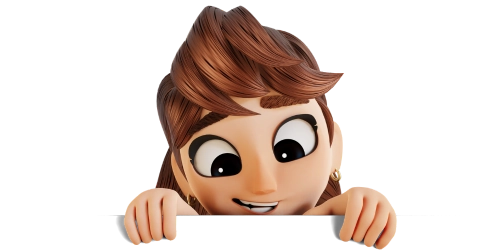
Subscribe to Newsletter
Elevate your routine, stay on trend, and embrace a personalized beauty journey with our curated insights.
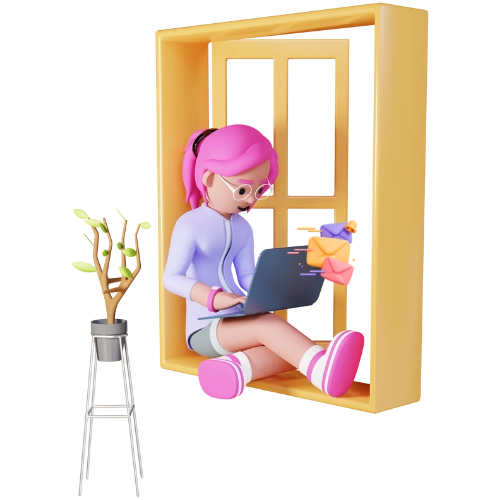

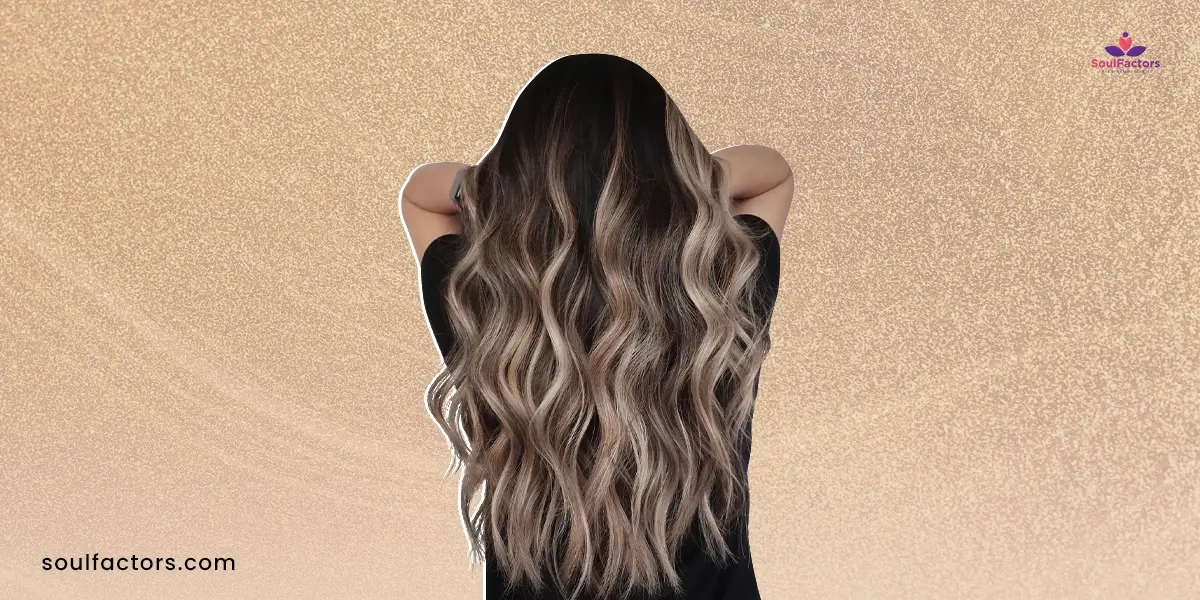
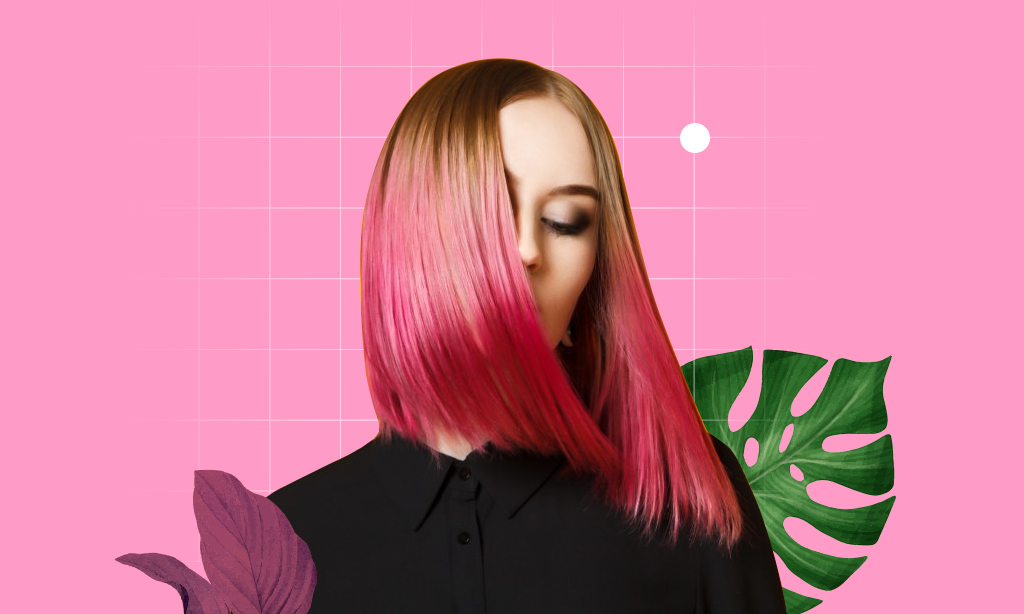
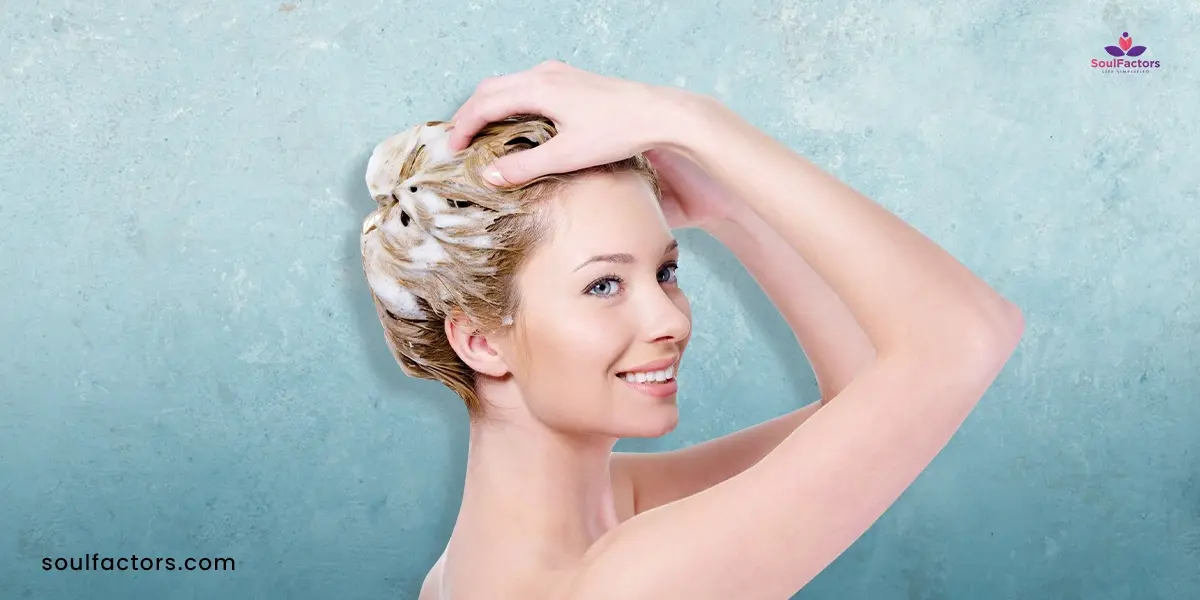
Write a Comment